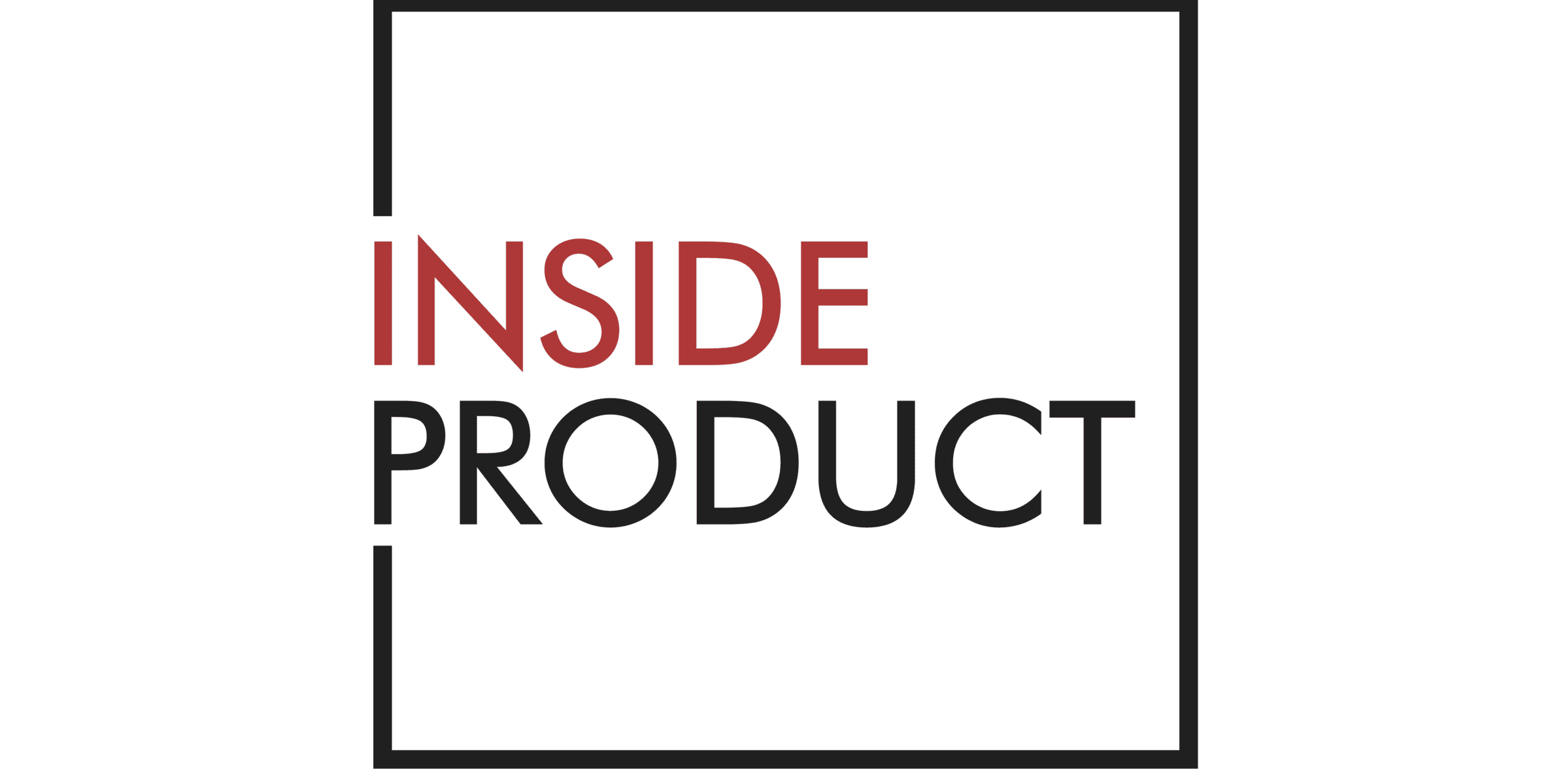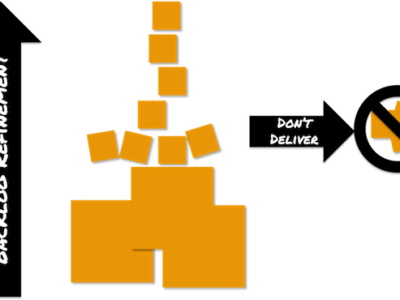If you’re a product owner, you no doubt know that you need to manage your team’s product backlog.
Yet it’s likely that depending on who you ask there could be different views of what exactly that means, who all is involved in carrying it out, and even the specific name you use to refer to that activity.
For the longest time backlog management was known as backlog grooming, however that term has gone out of favor due to other uses of the term “This week’s Inside Product Management shares some good resources on backlog refinement and some of the key techniques you’ll use while you’re doing it.
Resources
Agile Alliance Glossary entry on Backlog Refinement
Backlog refinement is when the product owner and some, or all, of the rest of the team review items on the backlog to ensure the backlog contains the appropriate items, that they are prioritized, and that the items at the top of the backlog are ready for delivery. This activity occurs on a regular basis and may be an officially scheduled meeting or an ongoing activity.It should be called backlog refinement, but people still refer to it as grooming
Cheat Sheet for Product Backlog Refinement
This cheat sheet from LeadingAgile provides an overview of backlog refinement. The purpose of backlog refinement is to make improvements to the product backlog. Though there is no official ceremony detailed in the Scrum Guide, the activity of refining the Backlog is.
User Story Conversations
Folks in the Agile community have long suggested that user stories are placeholders for a conversation. That pronouncement may leave you with some questions, such as who should be included in those conversations, when do you have these conversations, what should you talk about, and how do you remember what you said?
Behavior Driven Development (BDD) provides a synthesis of techniques that helps to answer these questions. The core idea of BDD is your team should discuss the expected behavior of a product as you prepare to build a specific increment of it. It’s important to understand the specifics of those conversations.
20 Product Prioritization Techniques
If you search around, you’ll find countless articles with recommendations, techniques and approaches to this very hard problem. However, each method’s usefulness will depend on the specific product or project where it’s applied. Your prioritization needs may vary vastly.
Here’s what you will get from this guide covering 20 popular product prioritization techniques:
- A map, in the form of a Periodic Table to help you make sense of what each technique has to offer;
- An overview of each method, with graphics and links to more in-depth resources;
- 5 commonalities and takeaways from all these methods.
21 Story Splitting Patterns
One aspect of backlog management is splitting your user stories down to a reasonably small size. Some teams like to get their stories to roughly the same size so they don’t have to worry about estimating.
Others teams want to get stories small enough that they can get them done in within a sprint.
Still other teams find splitting stories to be a great way to get a better understanding of those backlog items.
However your team views story splitting, there are 21 common patterns that teams use to split stories and still maintain the key characteristics of user stories. This listing of those story splitting patterns available in the KBPMedia Free Content Library (create a free membership to gain access) provides a great guide.grooming” in various parts of the world. You’re more likely to hear backlog refinement or backlog management.


 Understanding Discovery
Understanding Discovery